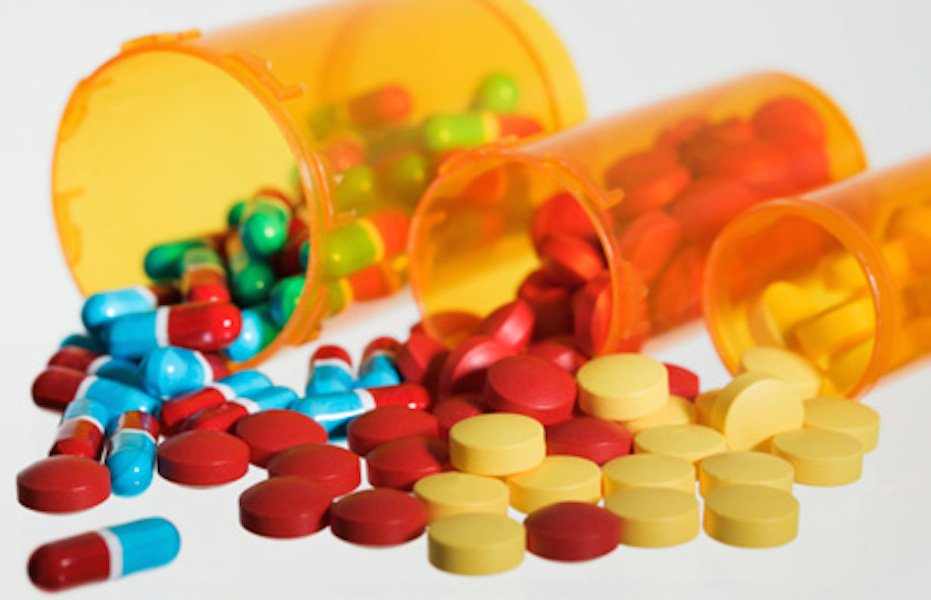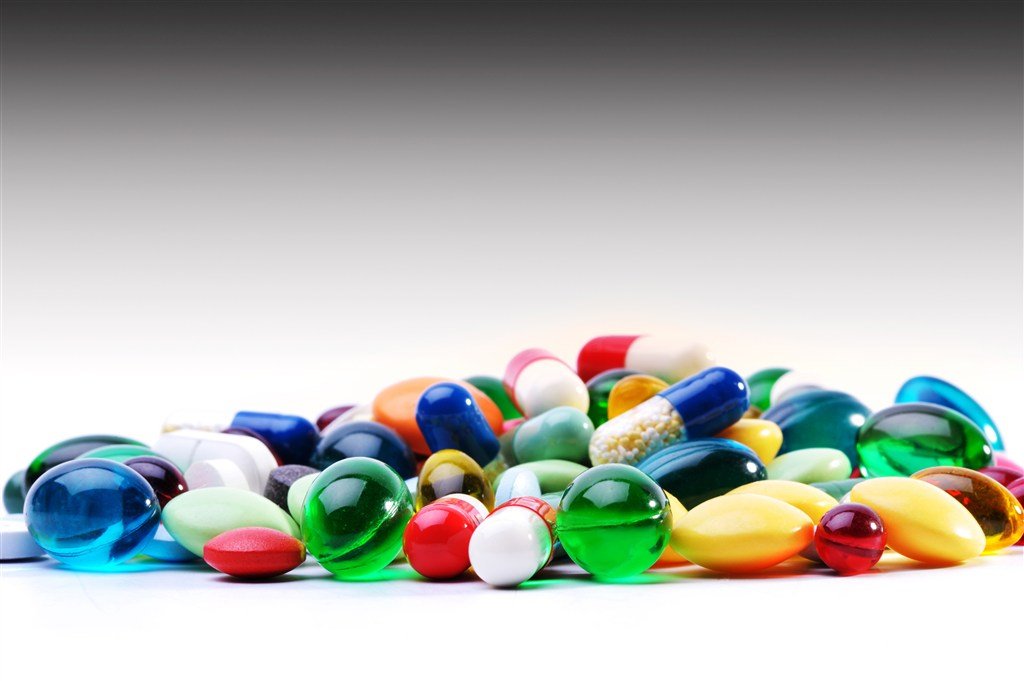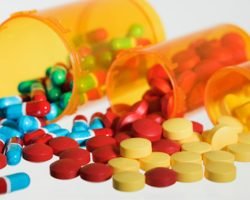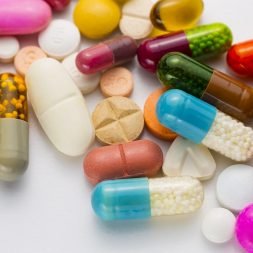Antibiotics – a special group of drugs, designed to treat bacterial infections. This is the group of drugs – the target of which is not to fight human cells, but in infectious agents. They are not effective against viruses, fungal infections or protozoa, so taking them for treating viral, fungal and protozoal infections is not only useless but harmful.
Bactericidal and Bacteriostatic: What is Difference?
Conventionally, antibiotics can be divided into two types:
- Bactericidal – antibiotics, which kill bacteria.
- Bacteriostatic – antibiotics which inhibit bacteria growth and has no effect on those already present in human body.

This division is of great practical importance. The body of a healthy person can cope with many bacteria, which have entered it if they cease to multiply, so people who do not have serious chronic diseases are better to use bacteriostatic drugs. However, the defense mechanisms of people with reduced immunity, children, elderly may not be strong enough, so it is better to apply bactericidal antibiotics.
Broad- and Narrow-Spectrum Antibiotics
Antibiotics are also divided into broad- and narrow-spectrum. The first group of drugs can help cope with a variety of bacteria, they are very effective in cases when it is not clear what kind of microbes caused the disease. While antibiotics of narrow-spectrum usually affect for a specific microorganism, they are often prescribed when disease cause and its causative agent are well-known. In each situation, the choice is carried out individually by a physician.
Earlier antibiotics were divided into natural, semi-synthetic and synthetic. But now this division is very unclear, as during these drugs production a variety of methods can be used. Natural antibiotics are substances, that are released by living organisms (e. g., penicillin), and synthetic antibiotics are chemically obtained in the pharmaceutical laboratory (most modern antimicrobials).
Watch the video below to learn more about it:
History of Antibiotics
There are a lot of groups of antibacterial drugs, each of which is represented by an extensive arsenal of representatives. However, new antibiotics are synthesized very slowly, which is why there is a problem of micro-organisms resistance to these drugs. For this reason, in many countries, these drugs are sold in pharmacies strictly on the prescription list from your doctor. Self-medication with antibiotics reduces their effectiveness, so it is totally unacceptable.
Now, let’s go deeper into antibiotics history to find out how they appeared in the first place.
September 30, 1928, English microbiologist Alexander Fleming announced penicillin discovery.
- Alexander Fleming, working in his laboratory, accidentally paid his attention to strange green mold, covering petri dish with bacteriologic cultures bottom. The mysterious mold seemed to dissolve them. Fleming thought that some foreign spore got through laboratory window into the dish with these cultures. Scientists have named product, secreted by mold found in the petri dish with bacteria, «Penicillin».
- During studies, Fleming found out that penicillin is able to kill germs causing:
- diphtheria;
- pneumonia;
- furunculosis;
- quinsy and others.
The first disease successfully treated with penicillin in humans was sinusitis, found at one of Fleming assistants Stuart Craddock.
- Breakthrough medication was recognized not immediately. Fleming reported his discovery to Sir Almroth Wright, who was in charge of microbiology department in the hospital, where Fleming’s held his laboratory. Wright promised to support the study, but Fleming didn’t have any real help from him. In February 1929, Fleming made his report in London Society for Medical Research. But the dry and monotonous speech did not cause among audience any interest to the new drug. Just as «cold» was treated a published report about this invention. In spite of this, Fleming did not give up and continued his study. In 30th microbiologist continued to grow mold, on request sending penicillin samples to different laboratories around the world for similar studies. Luck smiled on Fleming only in 1940, when his experiments showing penicillin«healing power», were confirmed by two Oxford scientists. Thus began the era of antibiotics.

- Paradoxically, at the beginning penicillin was massively used not by British doctors. In 1941, English bacteriologist Howard W. Florey and biochemist Ernst Chain tried to persuade UK Medical Research Council (http://www.mrc.ac.uk/) that penicillin can be an effective drug in the treatment of wounded people. But due to the fact that potential drugs benefits were not appreciated in their homeland, researchers Florey and Chain appealed to the United States. Scientists realized new medicine importance and started commercial production of penicillin for the army. Besides, in 1942, in one of Peoria shops in rotting melon, a very fast growing variety of penicillin mold was discovered. Thus a cheap source of nutrient solution necessary for mold growth was discovered. This discovery allowed to dramatically increase penicillin production. In 1944, 95% of soldiers with infected wounds have recovered thanks to the first antibiotic.
- In 1944, Alexander Fleming was granted rank of a gentleman and in 1945 Fleming, Florey and Chain won the Nobel Prize.
Posted by Dr. Himanshu Singh

 English
English Deutsch
Deutsch Français
Français Italiano
Italiano Español
Español Svenska
Svenska Português
Português 日本人
日本人 Dansk
Dansk Norsk
Norsk Suomi
Suomi Czech
Czech


